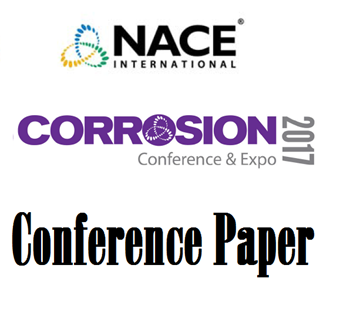Search
01098 CORROSION OF TWO NICKEL-COPPER ALLOYS IN SIMULATED SOUR PRODUCTION ENVIRONMENTS - Results of Laboratory Experiments
Also Purchased
Corrosion of Nickel Alloys in Elevated Temperature Sour Gas Environments
Product Number:
51317--9135-SG
ISBN:
9135 2017 CP
Publication Date:
2017
$20.00
00627 COPPER-NICKEL ALLOYS FOR SEAWATER CORROSION RESISTANCE AND ANTIFOULING-A STATE OF THE ART REVIEW
Product Number:
51300-00627-SG
ISBN:
00627 2000 CP
$20.00
98599 CORROSION PROBLEMS WITH COPPER-NICKEL COMPONENTS IN SEA WATER SYSTEMS
Product Number:
51300-98599-SG
ISBN:
98599 1998 CP
$20.00




